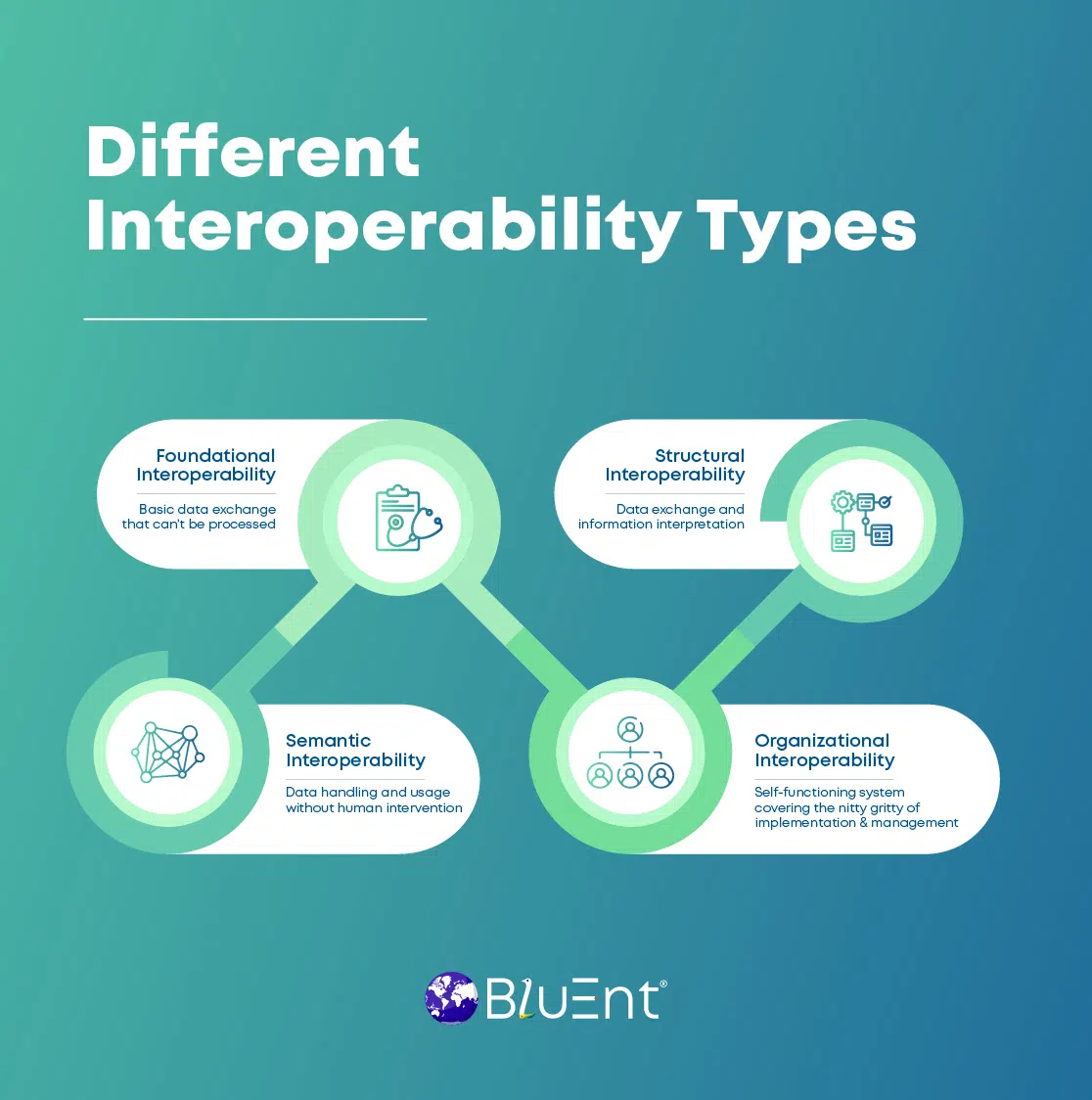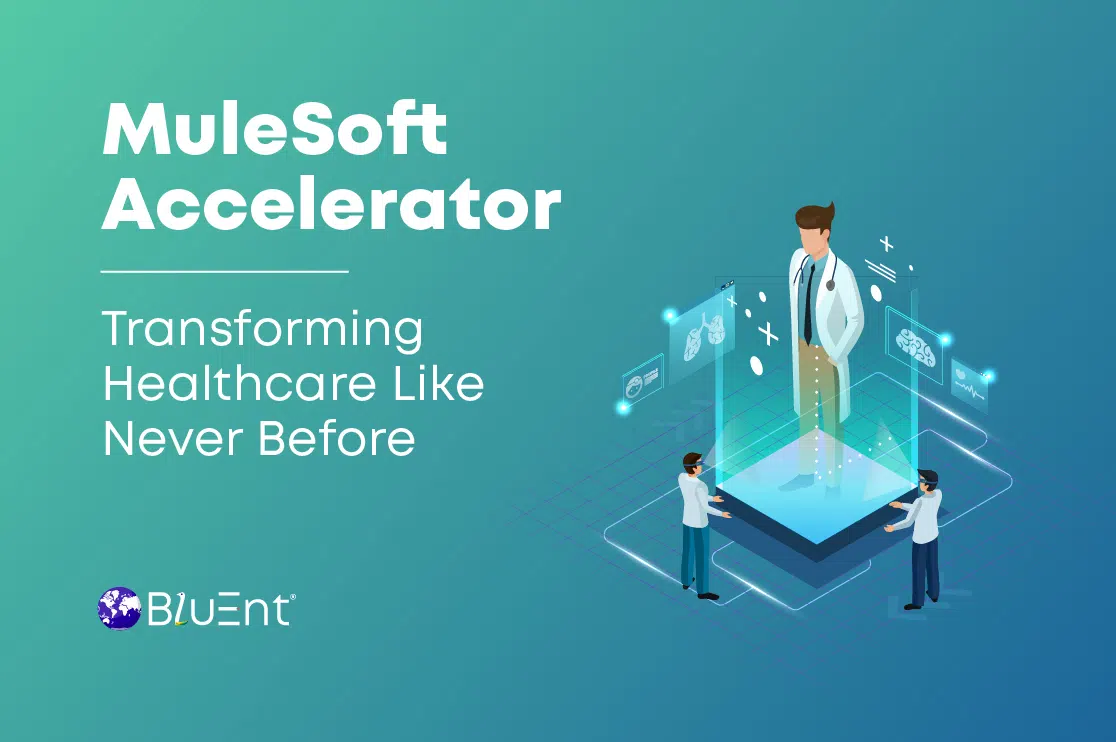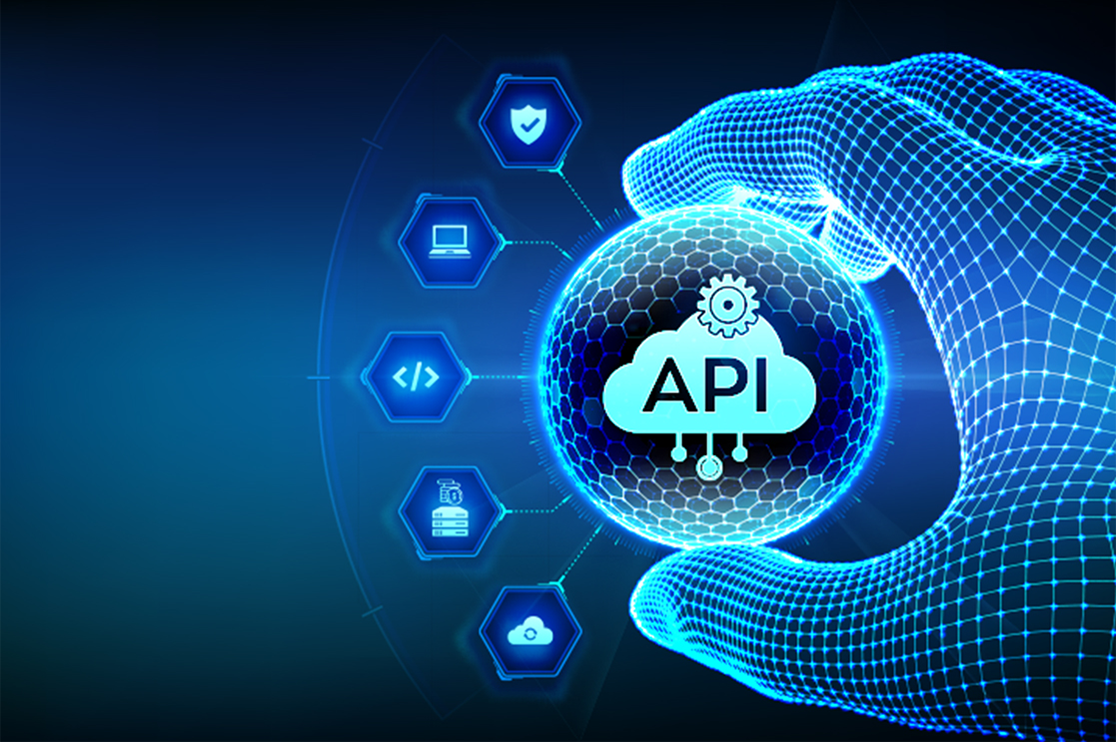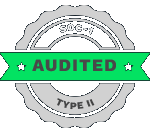In a survey, the Healthcare Information and Management Systems Society (HIMSS) and the American Health Information Management Association (AHIMA) found that about 8-12% of hospital medical records are duplicates. Also, 64000-96000 records in EHR (Electronic Health Records) were found to be of another patient, costing $1009 on repeated medical care. This is a consequence of poorly connected systems inhibiting communication within the healthcare facility and is called the interoperability gap. Interoperability in healthcare is termed as the ability of systems within and outside healthcare facilities to interact and communicate with each other. MuleSoft Accelerator for Healthcare offers a path-breaking solution for such interoperability-related challenges. Although not entirely a new concept, it has upped the ante for efficiency in healthcare processes & enterprise data management.
In this blog, we discuss the various aspects of interoperability and understand how MuleSoft healthcare accelerator is revolutionizing healthcare management as we know it.
Table of Contents:
- What Is Interoperability in Healthcare?
- Why Is There a Need for Interoperability?
- What are the Different Types of Interoperability in Healthcare?
- What are Some of the Interoperability Challenges in Healthcare?
- What Is MuleSoft Accelerator for Healthcare?
- How Does the MuleSoft Accelerator for Healthcare Tackle These Challenges?
- How Can BluEnt Be Your Friend & Guide in This Journey?
- FAQs
What Is Interoperability in Healthcare?
Interoperability in healthcare is the ability of two or more systems, devices, and applications to interact and communicate with each other. The systems should be able to use the information exchanged.
To understand interoperability, think about the workflows. The hospital management system (HMS) that collects and processes data across departments, the Electronic Health Records (EHRs), and the billing and claims management system exist and operate as single blocks. If they could interact with each other and similar systems outside the hospital, we'd call them interoperable! Interoperability creates a unified system of data exchange and interpretation.
Why Is There a Need for Interoperability?
Electronic health records (EHRs) have been in use as early as 1965. The need to simplify hospital management processes has been growing ever since. However, after the American Recovery and Reinvestment Act was passed in 2009, a greater need to interoperate arose.
Healthcare delivery requires services from multiple stakeholders. The need for seamless data flow is crucial. Unless the multiple service providers interact and communicate with each other, the patient cannot expect proper medical care.
Interoperability goes as far as sharing and analyzing data insights. Health systems require interoperability standards like HL7 (Health Level Seven) and FHIR (Fast Healthcare Interoperability Resources) to communicate. As the two most popular interoperability standards out there, they have the potential to revitalize the medical communication space.
MuleSoft API (Application Programming Interface) along with FHIR healthcare, can streamline and automate healthcare processes.
Recommended Reading:
What are the Different Types of Interoperability in Healthcare?

Interoperability can be broken down into four types. HIMSS (Healthcare Information and Management Systems Society), a non-profit dedicated to transforming the global health infrastructure, labels these as foundational, structural, semantic, and organizational.
Foundational Interoperability
It is the most basic form of interoperability that operates on a direct data exchange channel between two systems. The systems involved in this level cannot process the data being transferred.
Structural Interoperability
Structural Interoperability defines the data structure, syntax, and format of the exchanged data. It allows sharing and interpretation at the data field level. HIMSS, however, states that "the clinical or operational purpose and meaning of the data must be preserved and altered."
Semantic Interoperability
This level of interoperability covers data handling and usage. In this, systems can recognize terminology symbols and then fully use them.
Organizational Interoperability
Organizational interoperability encompasses interoperability across governance, policy, social, legal, and organizational boundaries. It aims at the secure, frictionless, and timely exchange of data between people, entities, and institutions.
Want to streamline your business processes with MuleSoft Accelerator? Get top-of-the-line enterprise data management solutions from our certified developers.
What are Some of the Interoperability Challenges in Healthcare?
Inconsistent Data
Data management is a key challenge for interoperability in healthcare. Since data spans across multiple locations, it becomes difficult to collate it. Interoperability requires handling EHR, IoT (Internet of Things) data, and the hospital's internal data all at once. Any lag in data sharing can disrupt procedures.
Reluctance to Share Data
Healthcare is a competitive business, and competitors seldom collaborate. Some healthcare providers, out of their own interest, show unwillingness to share patient's data. Without clear consent on this, you cannot achieve interoperability in healthcare.
Lack Of Skill and Training
Healthcare practitioners have generally been seen to be skeptical of new solutions. This reluctance to technology adoption, coupled with low skill and training, poses a major challenge for interoperability in healthcare.
Budget Constraints
Interoperability in healthcare necessitates some investments at the beginning, which is beyond the budgets of many clinics. Although it saves a lot in the long run, arranging funds at the outset is not viable for smaller facilities.
Lack Of Standardization
Interoperability standards like Fast Healthcare Interoperability Resources (FHIR) are standardizing EHR systems to aid interoperability. Still, a lot of healthcare providers use customized EHR systems that pose a challenge to be converted to a standard format. Clinics also face challenges in implementing interoperability because of different rules of information exchange.
Security and Privacy Issues
Safeguarding sensitive information and maintaining patient privacy is a top concern among healthcare facilities. Interoperability in healthcare requires data to be freely flown from one provider to another. In such a scenario, sometimes, patient privacy and data security can be compromised.
What Is MuleSoft Accelerator for Healthcare?
MuleSoft is a pre-built collection of API specifications and implementation templates designed to accelerate healthcare processes.
It enables healthcare providers to efficiently integrate their applications, data sources, and services using the MuleSoft Anypoint Platform.
MuleSoft integration is a coherent part of the big data management process. Healthcare accelerator Mulesoft achieves that for the healthcare industry.
Healthcare accelerator offers a set of pre-defined templates and workflows meant to automate patient data exchange, claims processing, and clinical trial management. Using this, healthcare providers can streamline their processes, improve patient profiling, and reduce overall costs.
MuleSoft Accelerator for healthcare supports enterprise-level interoperability and standards like Health Level Seven (HL7) and Fast Healthcare Interoperability Resources (FHIR).
Healthcare Accelerator, by integrating healthcare processes, improves interoperability, simplifies patient information access, and ensures regulatory compliance.
How Does the MuleSoft Accelerator for Healthcare Tackle These Challenges?
MuleSoft accelerator for healthcare is an intelligent healthcare solution that can transform healthcare beyond bounds. Healthcare Accelerator contains a set of pre-defined tools and templates to speed up the digital transformation process. It has several use cases.
Use Case 1: Patient 360 Assets
Patient 360 Assets can help gather patient demographics data and clinical records from EHR and transfer them into Salesforce Health Cloud. It can also help with database integration of common EHRs like Epic and Cerner through API. It solves the data challenges by providing a way to gather data.
Use Case 2: CMS Interoperability Assets
This set of assets speeds up the API development cycle to comply with CMS interoperability requirements. It provides a better system for patients' access to their health information.
Through this set of pre-defined assets, one can tackle the privacy issues in healthcare interoperability.
Use Case 3: Prior Authorization
Prior authorization is often required for referrals. It is a pain point as it becomes a lengthy process of authorizations and approvals. This use case fully automates the authorization process and thus saves time. Ultimately, it resolves the delays.
Use Case 4: Population Health Management
Healthcare providers struggle with visibility across the populations they serve. This occurs because of siloed, legacy systems through an array of standards and protocols. MuleSoft healthcare accelerator powers their health initiatives by unlocking critical data for analysis and action.
Use Case-Agnostic Format Converters
This group of pre-built components helps to standardize the format of the information exchange. It contains converters such as FHIR to R4 converter, HL7 V2 to FHIR converter, etc.
Also, the MuleSoft accelerator for healthcare brings the cost down with its cost-effective tools and templates. It does not burn a hole in your pocket and, therefore, solves the budget constraint challenge.
How Can BluEnt Be Your Friend & Guide in This Journey?
MuleSoft healthcare accelerator is transforming healthcare management in ways unimagined. What used to be a nice-to-have technology has become a must-have. As MuleSoft API-led connectivity ushers in an era of process integration, more healthcare providers will turn to healthcare accelerator.
With the MuleSoft accelerator for healthcare, you don't need to reinvent the interoperability wheel. However, your business would need a MuleSoft-certified developer to make amends.
BluEnt delivers value engineering enterprise-grade solutions across data management, integration, and implementation needs. It brings two decades of industry expertise in aiding digital transformation exercises.
The team of certified MuleSoft professionals at BluEnt can help you automate your healthcare processes. Healthcare Interoperability is a phenomenal resource to achieve and can give you a huge ROI (Return on Investment) in the long run. Get in touch today!
Frequently Asked Questions
What is a MuleSoft accelerator for healthcare?
MuleSoft accelerator for healthcare is a set of pre-defined tools and templates that help healthcare providers achieve interoperability.
What are the benefits of using a healthcare accelerator?
A healthcare accelerator brings down the cost and effort of achieving interoperability. It streamlines and automates the integration process, improves overall data security and patient privacy, and speeds up the digital transformation journey of healthcare facilities.





 How is the MuleSoft eCommerce Integration Platform Mitigating Retail Challenges?
How is the MuleSoft eCommerce Integration Platform Mitigating Retail Challenges?  Why MuleSoft MFA (Multi-factor Authentication) is Crucial to Your Enterprise’s Data Security?
Why MuleSoft MFA (Multi-factor Authentication) is Crucial to Your Enterprise’s Data Security?  MuleSoft Architecture: Working Mechanism and Applications
MuleSoft Architecture: Working Mechanism and Applications  How Does MuleSoft API Integration Resolve the Challenges in Banking and Finance?
How Does MuleSoft API Integration Resolve the Challenges in Banking and Finance? 
